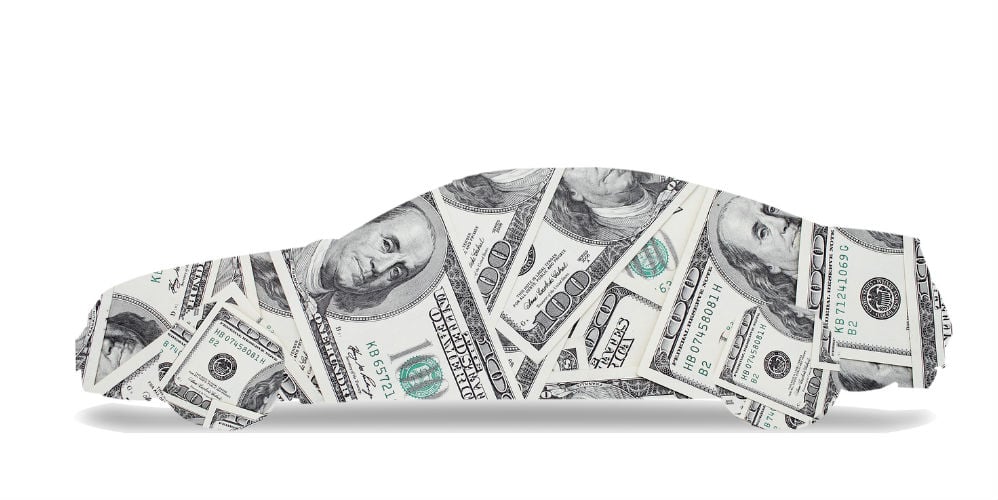Your mid-year state of the auto lending union

While everyone is hearing about “record” sales by vehicle manufacturers, everything is not a bed of roses for those making loans on these vehicles. Even though new vehicle financing was up 86.3% in Q1 2016 compared to 84.9% a year ago, margins are still squeezed to razor thin levels, and the competition vying for this finite market is getting even more aggressive. As most lenders know by now, the auto lending pool of competition no longer only includes credit unions, banks, and dealers. Insurance companies, ‘buy here, pay here’ car lots, and online retailers makes the auto lending business that much more competitive for credit unions.
In order to compete with dealers, we see lenders lowering their credit criteria in order to win business. In addition, since auto prices have continued to climb, we are seeing a reversal to the days of extended loan terms on these vehicles to make the payment more affordable for the consumer. Likewise, consumers are staying in their vehicles longer. In fact, according to CNBC, in 2006, car owners traded in their vehicles after approximately 4.3 years. In 2016, that number jumped to 6.5 years.
On another note, as gasoline prices continue to remain low, consumers are more attracted to larger vehicles, and the sticker price on those vehicles certainly isn’t going down. Just take a trip to your local Ford dealership and look at the cost of a nicely appointed F150.
Low gas prices driving consumer demand for higher-priced vehicles may be good for the economy in the short term, but in the long term it could become a problem for lenders. If the economy continues its slow recovery, you might start seeing an increase in delinquencies. According to Experian’s State of the Automotive Finance Market, some credit unions already have been seeing this, as 60-day delinquencies rose to 0.42% in Q1 2016 from 0.35% in Q1 2015.
Reduced used car prices and longer loan terms have been decimating the GAP market for the last 18 months, causing extremely high losses. This cost will ultimately flow down to lenders and dealers. Coupled with that, any spike in gas prices will drive people into more economical vehicles, further declining GAP performance.
Many people, me included, were very hopeful for 2016, and in some areas that hope remains. However, it’s hard to ignore that a lot of challenges exist—both known and unknown. How will regulatory pressures impact lenders? How will the economy perform? Where are gas prices heading and how will those prices affect every other area of the economy? How will the outcome of the presidential election impact consumers and businesses in the short- and long-term? A crystal ball would be nice, but in its absence, we all just need to be diligent, find creative and efficient ways to reduce risk and generate income, and prepare ourselves to quickly react to however the chips may fall.
In an effort to help our clients find creative ways to stand out in an increasingly competitive auto lending market, we developed our recent ebook, Stand Out from the Auto Lending Crowd. Get your free copy today!





